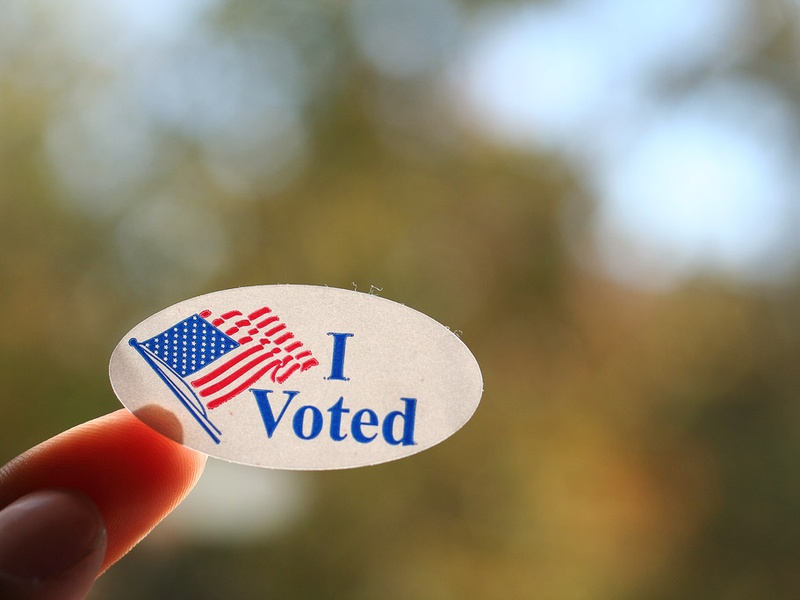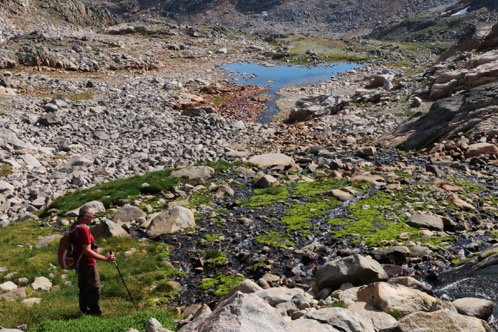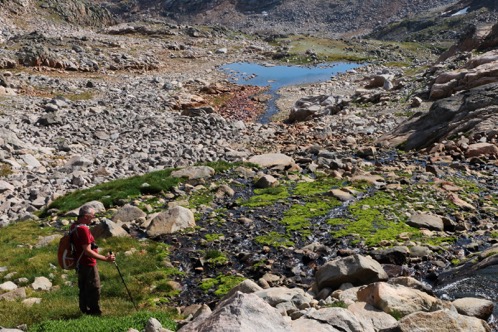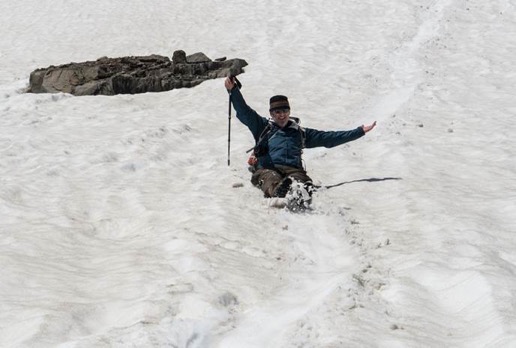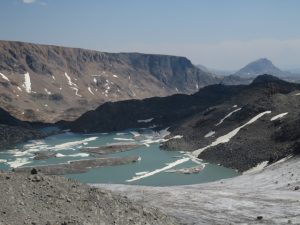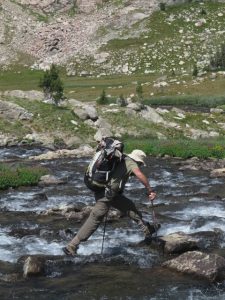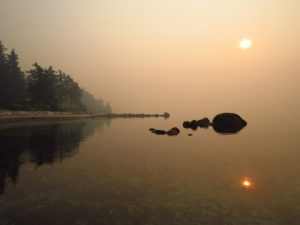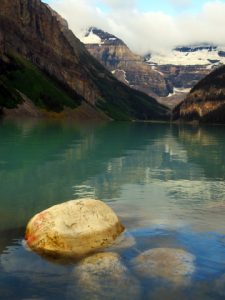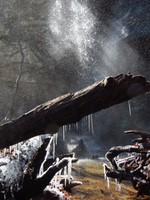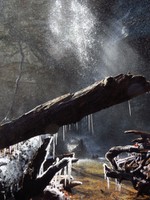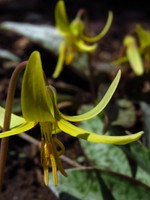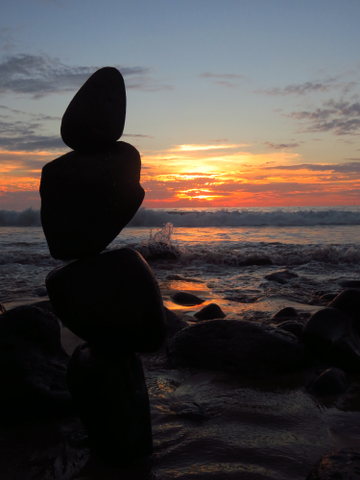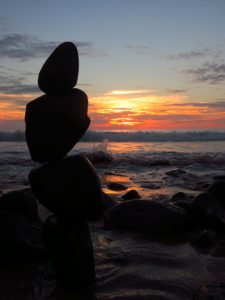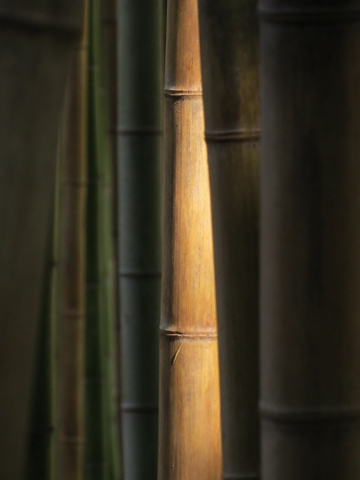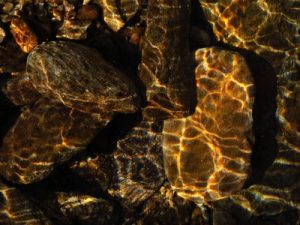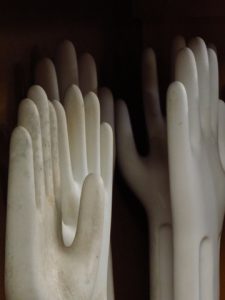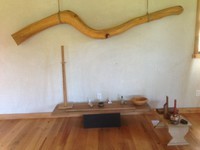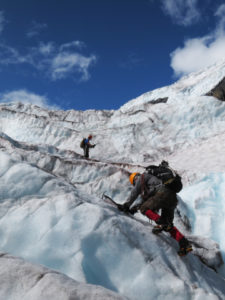
Complexity requires embodying new ways to lead.
The problem is, our lightning-fast cognition says “good enough” way before our nervous system has embodied a new capability. Physiological change and cognitive processing proceed at very different timescales.
A sound strategy for development requires components for both. We must feed our agile and impatient cognition. And, include somatic practices that build embodied, physiologically supported ways of being. There is no way to shortcut the latter, and the former will not produce the same results.
Ben, the newly promoted Director of Quality Control, was in trouble. Ben cared deeply about the organization. However, as smart and knowledgeable as he was, he was like a bull in a china shop with the operations people over whom he had authority. He alienated them with his brusqueness, and they understandably resisted. Morale and performance were suffering.
Faced with the very real possibility of losing his job, Ben was committed to learning a new way of leading that would allow him to work more effectively with operations. As part of a coaching engagement, and really wanting accelerate his learning, Ben joined a ballroom dancing class with his wife.
Accustomed to making things happen his way, Ben clumsily man-handled his wife around the dance floor, producing quick and painful results! With feedback, willingness, and guidance from the teacher, Ben began to experience in his body what it was like to lead. He practiced sensing his wife, joining with her, and moving gracefully together. This worked much better (and was fun and very good for their marriage!)
Dancing showed him the essence of what it could be to partner with the operations people at work. He brought these experiences back into the workplace and experimented with this new sensibility. Over time, Ben’s experimentation led to real partnering with the folks on the line. Coupling this embodied learning with parallel development strategies, Ben was able to turn his situation around and went on to become quite successful in his role.
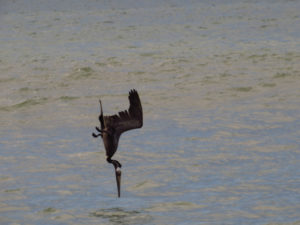
Our marvelous nervous system is adept at encoding life’s experiences into long term memory.
Faced with a challenging job, Ben did what he’d always done: Focused on results, being direct. He was well-intentioned, but the results his actions produced were far from what he intended. This is what often happens in complexity.
Like Ben, our marvelous nervous system is adept at encoding life’s experiences into long term memory. We learned well who we should be, and the habits that supported this identity over time. However, complexity challenges our identities in sometimes painful ways.
Complexity asks much of us. We need new ways of sensing, being, and acting. We can’t create a different future from the same body — remember the popular definition of insanity? When we face challenges, we need new capabilities NOW.
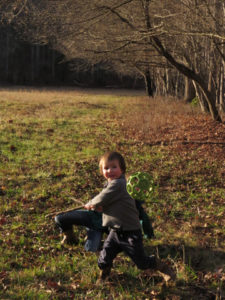
The beautiful thing is that we know how to train our nervous system to organize itself around what matters to us.
The good news? The beautiful thing is that we know how to train our nervous system to organize itself around what matters to us. An investment in embodied learning can become a life-long practice in the continual renewal and restructuring of our psycho-biology.
We direct our attention towards what we care about. Then, we cultivate inner conditions that are aligned and congruent. We invite this aligned state to take up residence in our nervous system, knowing that we are actually, literally, changing the neural networks that shape and define us. In so doing, we are intentionally becoming a different person, a different body, for the sake of effectively leading towards the future that we care about.
Our development accelerates a natural process that has its own intelligence. We naturally move towards greater capacity, greater complexity, and an ever-larger circle of care. And, there are many methods that accelerate this natural process. Here are some that are particularly powerful:
- Somatic practices: Like the ballroom dancing example above, we can find ways to practice in our body the capabilities that we need. Tai chi to practice settling our state, tennis to practice delegation and being in conversation, parachuting to practice trust while jumping into the unknown, conscious breathing to practice settling ourselves in high pressure meetings.
- Community of practice: Find, or create, a community of people who share your interests and who are committed learners. Build regular structures for engaging with these people and practicing together. Be with people who are on a path of development, who are committed learners, and who have some discipline about learning.
- Who you hang with: Find some conversation and thought partners with whom to have regular exchanges of ideas and support. Find people who are inspiring, who are intellectually nimble and able to take multiple perspectives, who will be direct and honest with you, who can be compassionate and incisive. Be with people who challenge and energize you; with whom you feel more alive and more yourself. (You can trust this feeling.)
- Challenges: Say Yes to commitments that you don’t know you can fulfill on. Take on projects that demand you be someone other than who you’ve been so far.
- Out of the box: Disrupt what you normally do in order expand your perspective. Begin small: take a different route to work, change something about how you structure time, write with your left hand, listen to music when you ordinarily wouldn’t. Then, you can travel outside your home country, look through a telescope, visit a national park, visit with people who live a very different life than you live and see the world through their eyes.
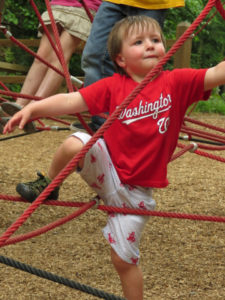
Our development accelerates a natural process that has its own intelligence.
Consider these questions:
- What complexity challenge do you face?
- What new capabilities do you need for this challenge?
- What practices might build your capacity?

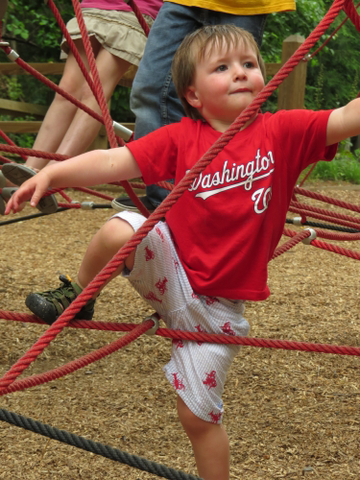
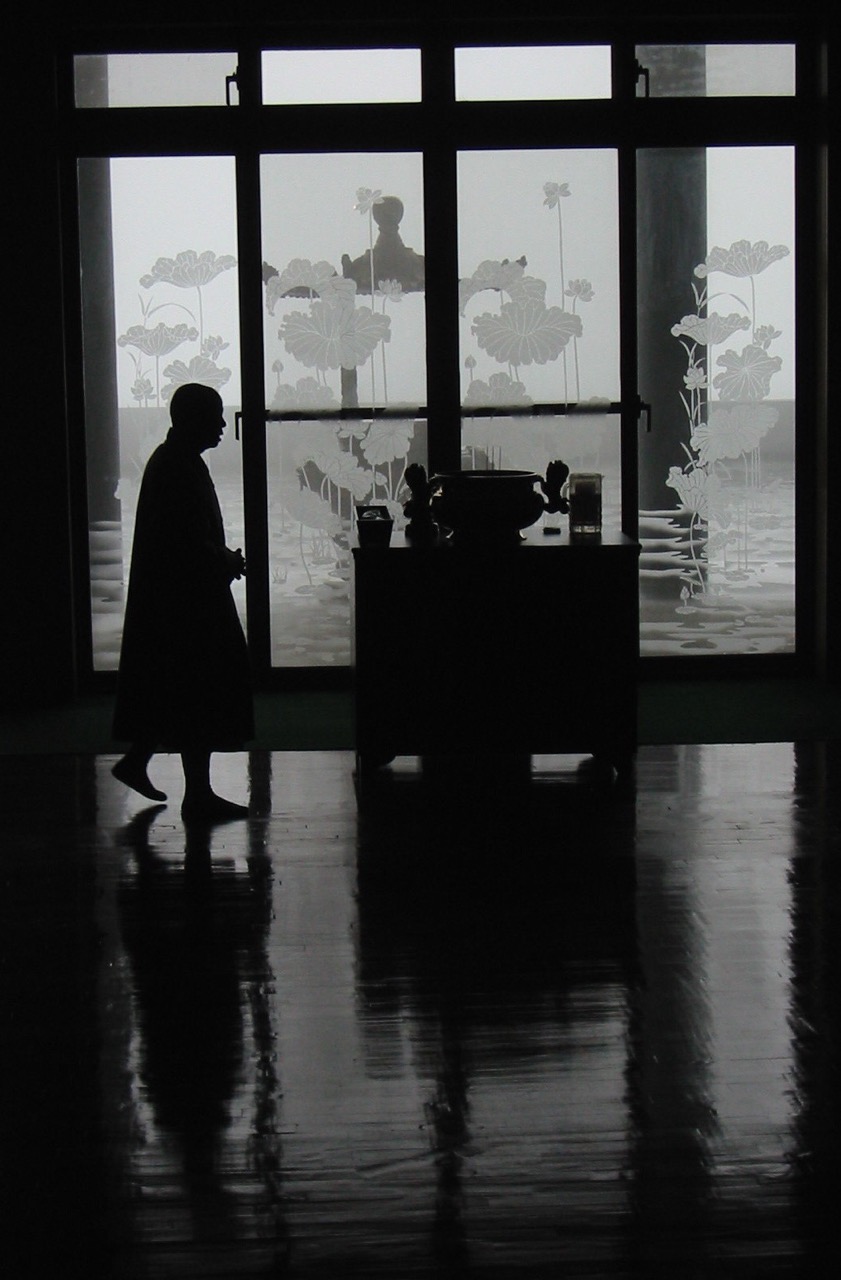
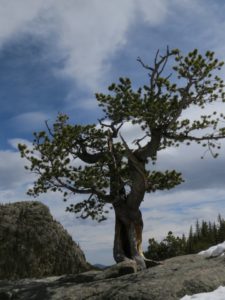
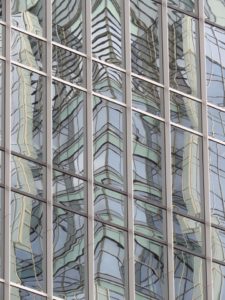
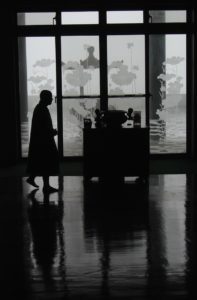
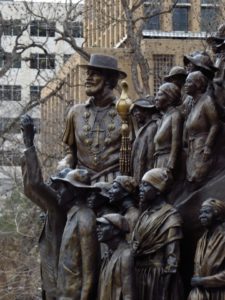
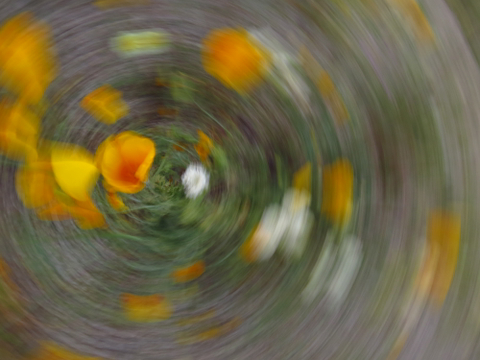
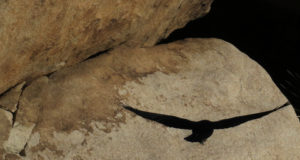

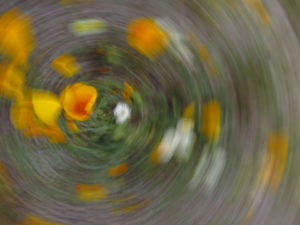
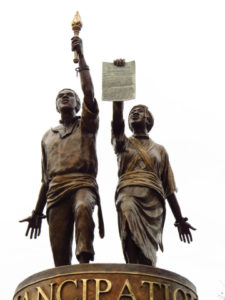
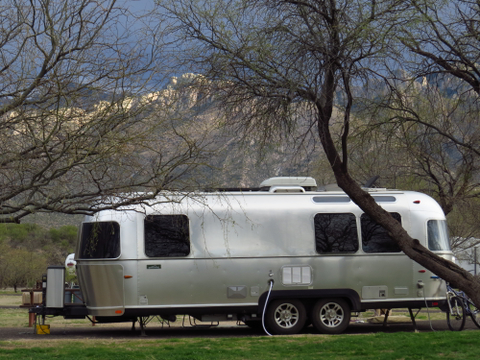
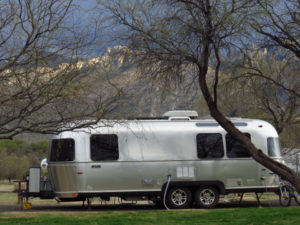
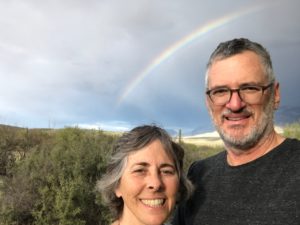
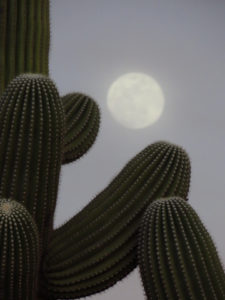
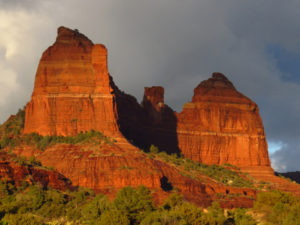
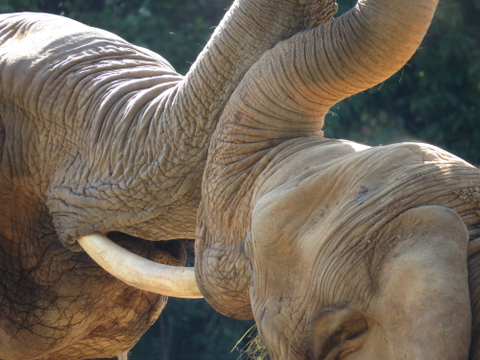
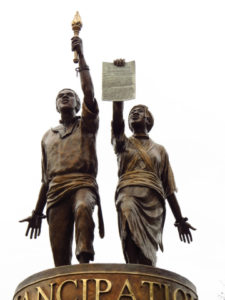
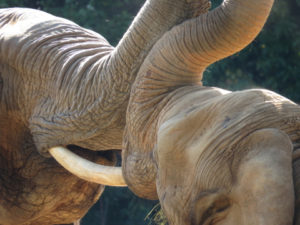
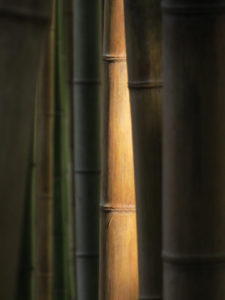
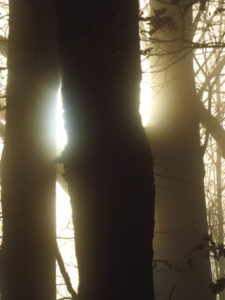
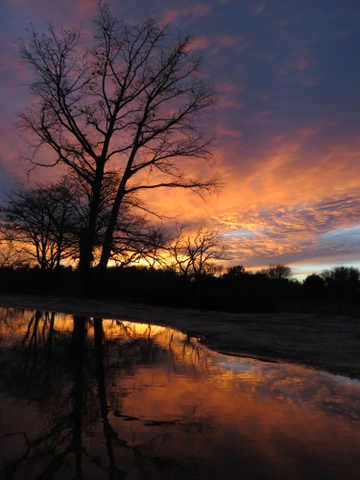
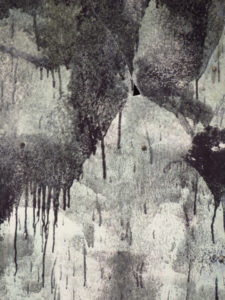 Friday. Trump inauguration. I decide, at the last minute, that it’s very important to watch this moment in history. I sympathize with some of the concerns that brought Trump to power, but I deeply believe that Trump himself is completely incapable of addressing them. His angry, nationalistic inaugural address, speaking of a dystopian America that only he can fix, affirms my worst fears of a demagogue stepping into the most powerful position on Earth and staking out positions that will be very difficult to back away from. I cry.
Friday. Trump inauguration. I decide, at the last minute, that it’s very important to watch this moment in history. I sympathize with some of the concerns that brought Trump to power, but I deeply believe that Trump himself is completely incapable of addressing them. His angry, nationalistic inaugural address, speaking of a dystopian America that only he can fix, affirms my worst fears of a demagogue stepping into the most powerful position on Earth and staking out positions that will be very difficult to back away from. I cry.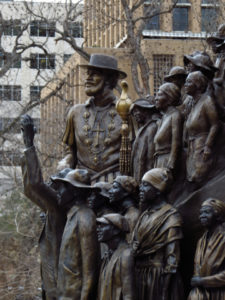
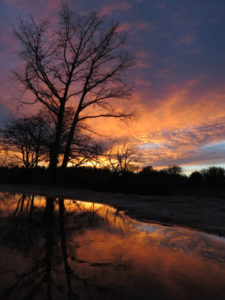 We have anticipated, and planned, this adventure for a long time. An experiment in living on the road, perhaps a vain attempt to recover the freedom of our lost youth, but at least an experiment in integrating a number of things that are precious to us. Exploring precious wild places. Meeting new people with very different lives and points of view. Finishing the book that I have been working on for four years. Teaching, coaching, and being with my wife in a new set of circumstances than ever before as we move towards the next phase of our lives.
We have anticipated, and planned, this adventure for a long time. An experiment in living on the road, perhaps a vain attempt to recover the freedom of our lost youth, but at least an experiment in integrating a number of things that are precious to us. Exploring precious wild places. Meeting new people with very different lives and points of view. Finishing the book that I have been working on for four years. Teaching, coaching, and being with my wife in a new set of circumstances than ever before as we move towards the next phase of our lives.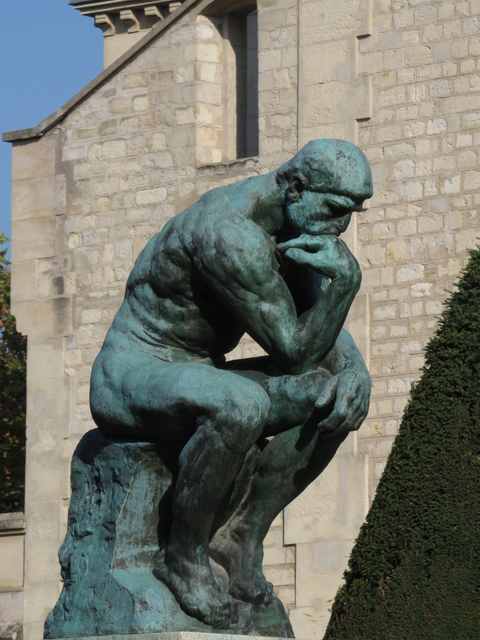
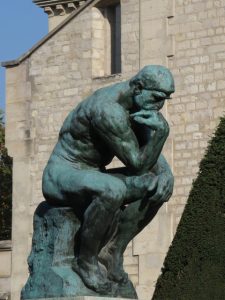

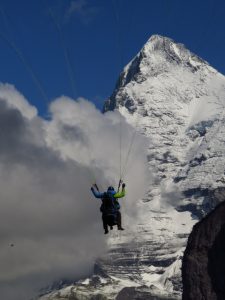
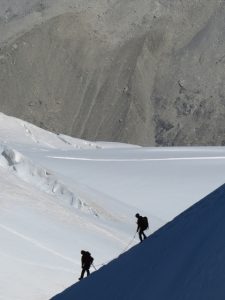
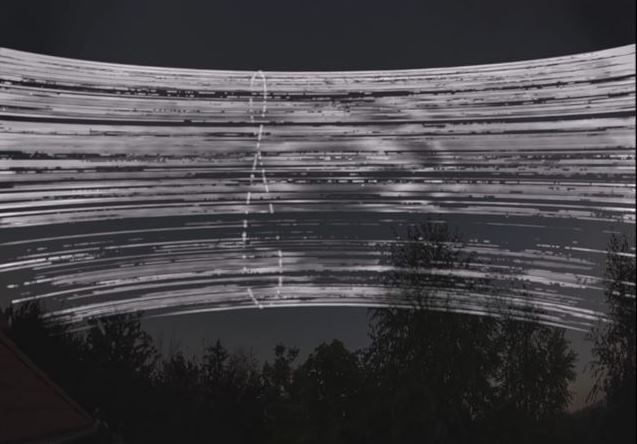
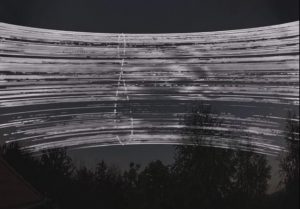 It is the longest night. It is the shortest,
It is the longest night. It is the shortest,
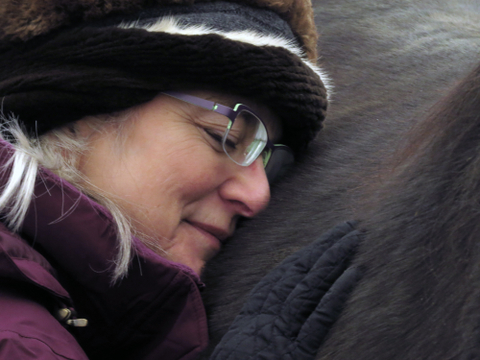
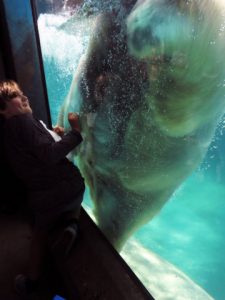
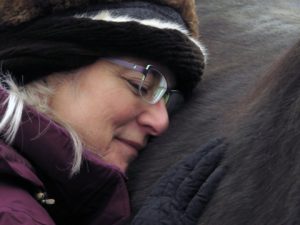
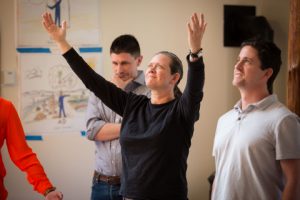
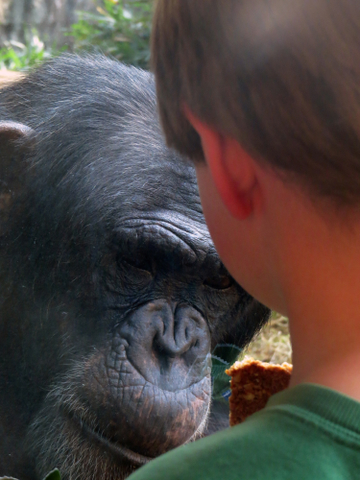
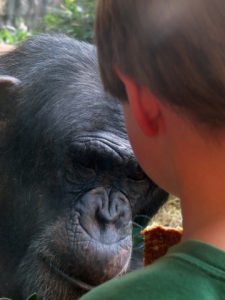
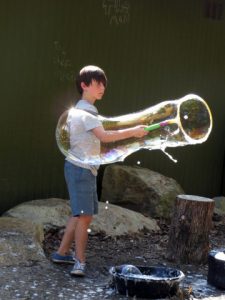
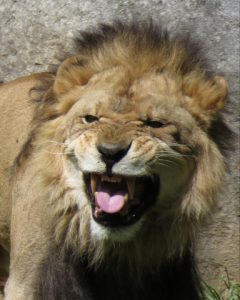



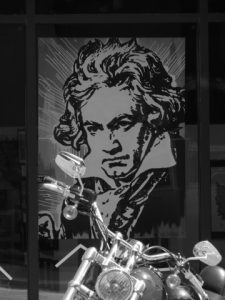
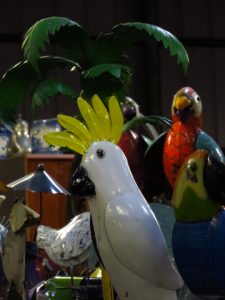
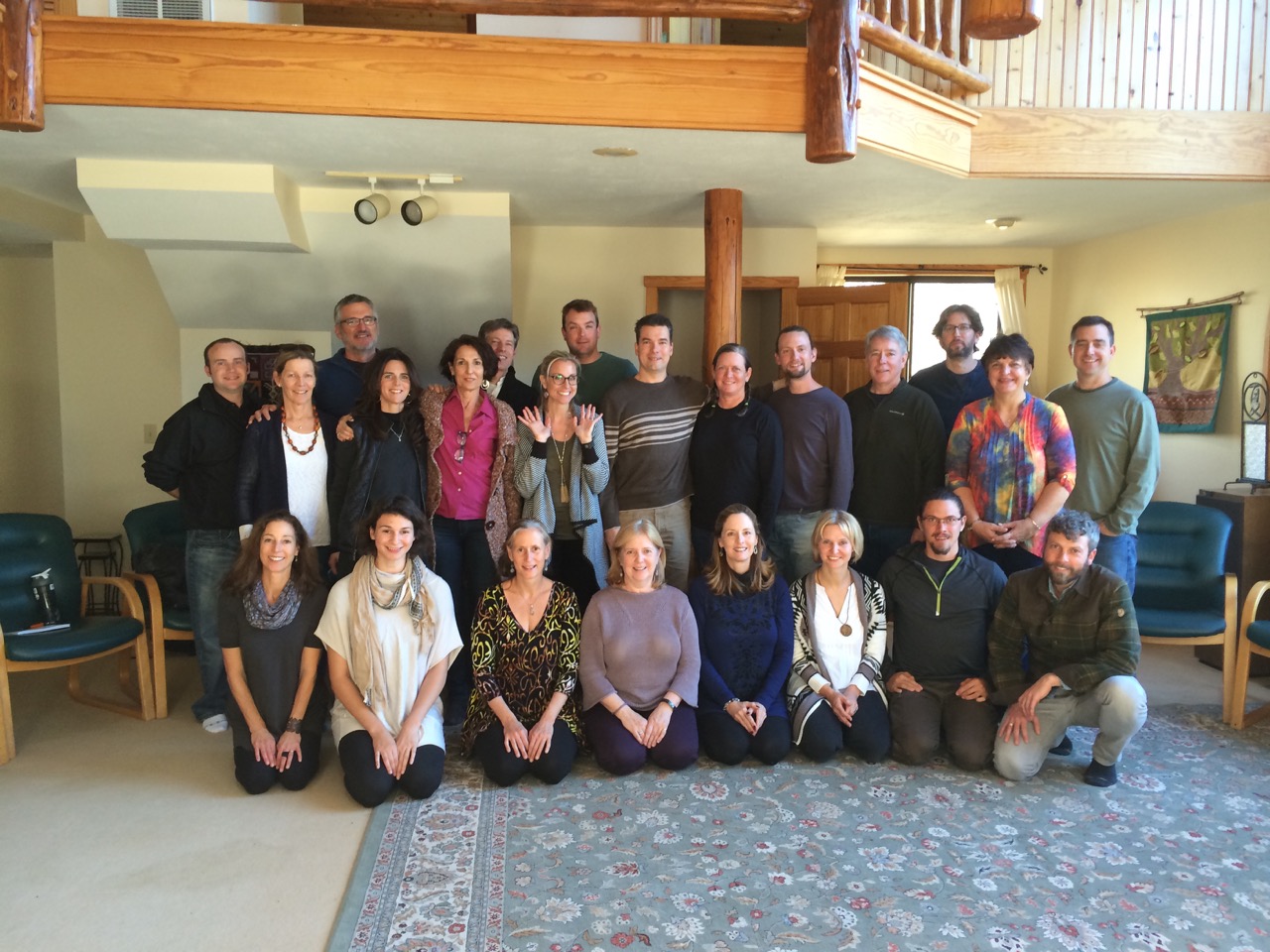
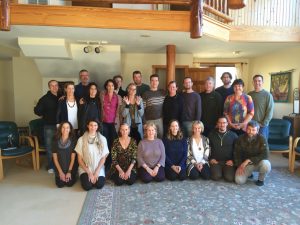 a seismic shift and the undeniable emergence of a world that I didn’t recognize. I had the same feeling the day Reagan was elected, when Kennedy was shot, during the Cuban missile crisis. In those seminal and traumatic moments, it seemed everything I knew was under threat. Yesterday felt the same: that deep existential dread. And, we were to be leading a coach training retreat?
a seismic shift and the undeniable emergence of a world that I didn’t recognize. I had the same feeling the day Reagan was elected, when Kennedy was shot, during the Cuban missile crisis. In those seminal and traumatic moments, it seemed everything I knew was under threat. Yesterday felt the same: that deep existential dread. And, we were to be leading a coach training retreat?

